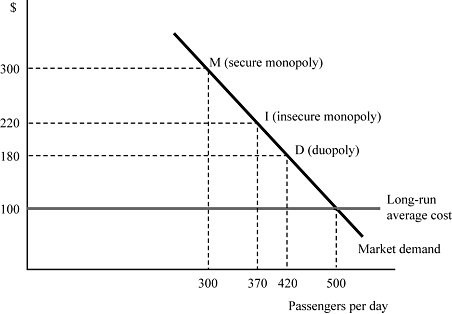If water became very scarce and diamonds became very plentiful
A. the marginal utility of diamonds and water would both rise.
B. the marginal utility of both water and diamonds would both fall.
C. the marginal utility of diamonds would rise and the marginal utility of water would fall.
D. the marginal utility of water would rise and the marginal utility of diamonds would fall.
D. the marginal utility of water would rise and the marginal utility of diamonds would fall.
You might also like to view...
The two kinds of yields used in the Treasury bill market are the
A) coupon equivalent yield and yield on a discount basis. B) face yield and discount yield. C) nominal yield and real yield. D) yield to maturity and coupon equivalent yield.
The "middle-class" ideal that developed in the early 19th century included which of the following elements?
(a) Women were socially and legally equal to men and were encouraged to choose between working and staying in the home (avoiding wage-labor in the factories). (b) Men were to be the income earners providing for the family's material needs while women were to play a greater role regarding the family's spiritual needs. (c) Apprenticeships, rather than public schools, would better serve the need of preparing children for middle-class careers. (d) Poverty among the lower classes was due not to their moral failure but rather low wages, uncertain employment, and lack of economic opportunity.

 In Figure 8.10, airline Fly Smart is initially a secure monopoly between two cities X and Y at point M, serving 300 passengers per day at the profit-maximizing price of $300 per ticket. What is Fly Smart's total profit as a secure monopoly?
In Figure 8.10, airline Fly Smart is initially a secure monopoly between two cities X and Y at point M, serving 300 passengers per day at the profit-maximizing price of $300 per ticket. What is Fly Smart's total profit as a secure monopoly?
A. $60,000 B. $40,000 C. $44,400 D. $33,600
Which of the following people would be considered unemployed?
A. Edna, who lost her job as a teacher and is currently searching for a new job B. Homer, who lost his job at the power plant and is not looking for work C. Abe, who is retired D. Lenny, who is working part time at a fast food restaurant